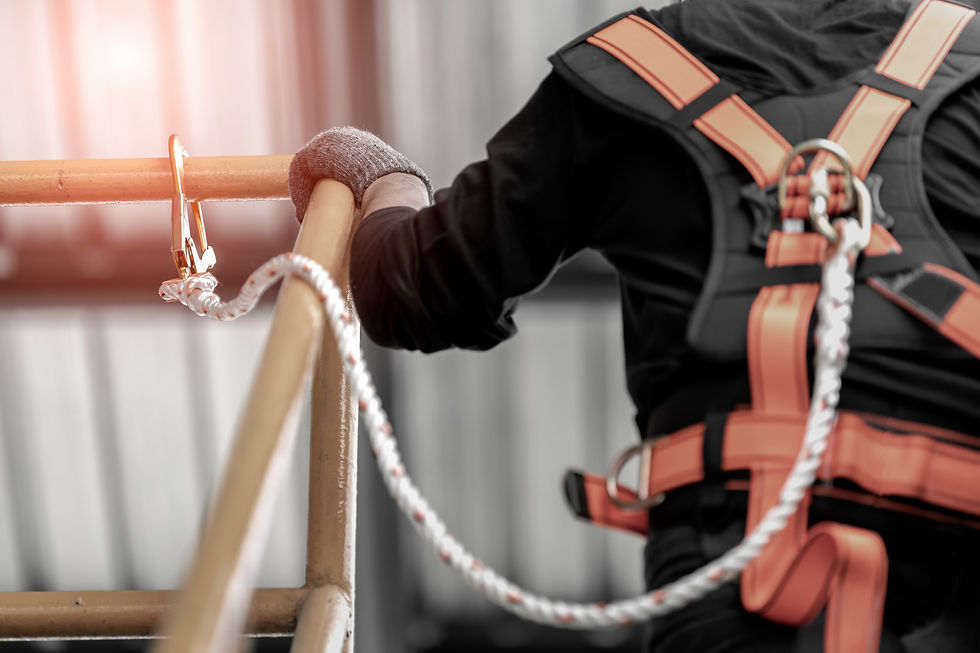Safety Sign Blindness
- Leverage Safety
- Mar 21, 2021
- 2 min read
Updated: Dec 16, 2023

Where safety is paramount, the use of signage is a common strategy to communicate hazards and procedures. However, the effectiveness of safety signs is often debated. A recent inquiry about the absence of hazard signs brought to mind an interaction I had with an Offshore Installation Manager (OIM) about the true impact of safety signs in such high-risk environments, essentially to solve a problem, the request was to put up more signage, and when I asked what the sign stated at the top of the stairs he passes by everyday, he wasn't able to answer. There's a reason for this, and it's important for HSE professionals to understand.
Understanding Cluster Sign Blindness
A common issue in busy areas like hazardous work zones is 'cluster sign blindness.' Workers often overlook less conspicuous signs among a group of signs, focusing only on those that are larger, more colorful, or at eye level. Consequently, important safety messages might be missed, rendering the signage less effective. This issue arises from the HSE teams' regulatory-driven approach to 'inform' rather than genuinely mitigate hazards.
The Challenge of Familiarity Sign Blindness
Familiarity sign blindness is a significant concern. Over time, workers become so accustomed to their environment that they subconsciously ignore familiar information, including safety signs. This phenomenon is rooted in the brain's processing capabilities, where only a tiny fraction of sensory inputs are consciously acknowledged. The rest, deemed irrelevant by our subconscious, are quickly discarded.
Practical Tips for Effective Safety Signage
Given these challenges, it's crucial to rethink our approach to safety signage in the industry:
Relevance and Simplicity: Retain only necessary signs. Question each sign's purpose – if it's not essential, remove it.
Clarity and Appeal: Make signs clear, concise, clean, and visually appealing.
Regulatory Compliance: Ensure compliance with regulations, especially for critical signs like exit routes and fire equipment locations.
Strategic Clustering: Combine similar warnings (e.g., hardhat, hearing protection, boots) into a single sign to reduce clutter.
Strategic Placement: Place signs where they directly relate to the hazard, not just where it's convenient.
Eye-Level Positioning: Position signs at the eye level of workers who are exposed to the hazard.
Signage Hierarchy: Follow the 'Danger', 'Warning', 'Caution' model to prioritize messages.
Standardization: Use standardized signs (ISO 3864) to aid in recognition and recall.
Symbol Utilization: Leverage symbols alongside text for better recall and understanding.
Supplementary Methods: Reinforce the messages and risks that necessitate the signage through toolbox talks, inductions, training, newsletters, etc.
Where risks are ever-present, the strategic use of safety signage is critical. By ensuring that signs are relevant, clear, and appropriately placed, we can enhance their effectiveness and contribute to a safer work environment. Remember, the goal is not just to comply with regulations but to genuinely reduce risks and safeguard our workforce.



